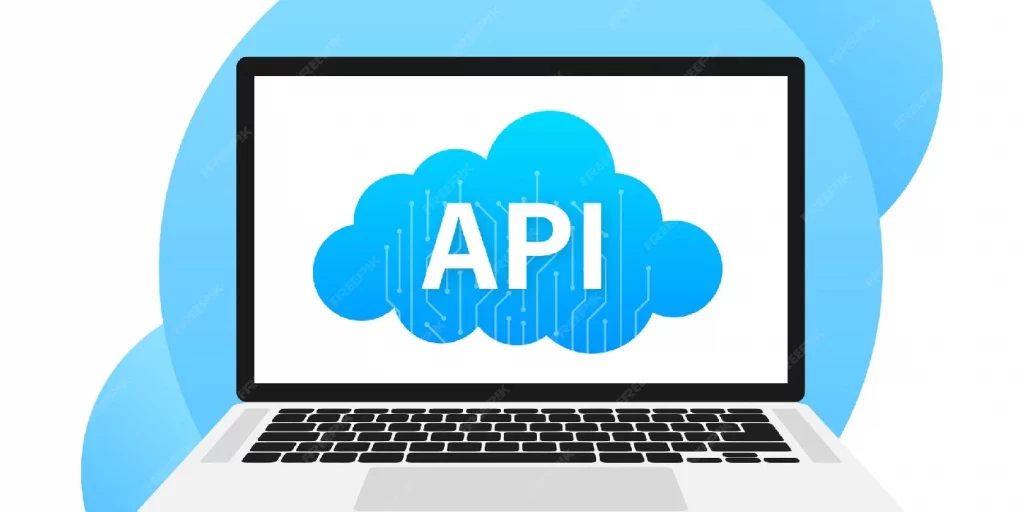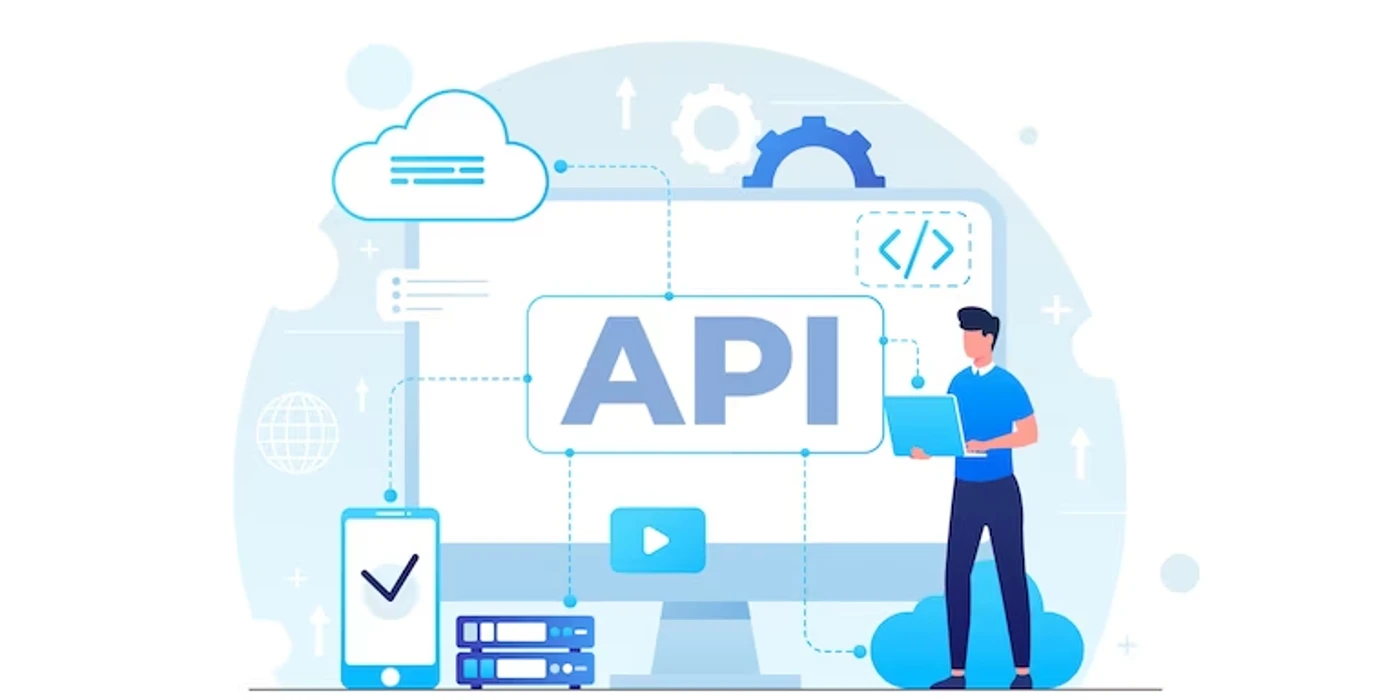Monitoring the response time of an API is a critical aspect of ensuring its performance and reliability. By tracking the time taken for an API to respond to requests, organizations can identify bottlenecks, optimize performance, and deliver a better user experience. In this article, we will explore the importance of Monitor API Response Time and discuss a simple and efficient method to accomplish this task in just one click.
Why Monitor API Response Time?

Monitoring API response time is essential for several reasons:
- Performance Optimization: By monitoring response time, organizations can identify and address performance issues that may be impacting the user experience. Slow response times can lead to frustrated users and potentially result in lost business opportunities.
- Service Level Agreement (SLA) Compliance: Many organizations have SLAs in place that define the acceptable response time for their APIs. Monitoring response time ensures that these SLAs are met and provides data to support any necessary performance improvements.
- Troubleshooting and Debugging: Monitoring response time can help pinpoint the cause of performance issues or errors within an API. By analyzing response time metrics, developers can identify bottlenecks, optimize code, and improve overall system performance.
- Capacity Planning: Monitoring response time over time allows organizations to identify trends and patterns. This data can be used for capacity planning, ensuring that the infrastructure can handle increasing API traffic and maintaining optimal performance.
Traditional Response Time Monitoring Challenges
Traditionally, monitoring API response time involved setting up complex monitoring systems and tools, which required significant time and effort. These systems often involved configuring multiple parameters, integrating with existing infrastructure, and analyzing complex reports. The complexity and effort required limited the accessibility of response time monitoring, especially for smaller organizations or developers with limited resources.
Introducing One-Click Response Time Monitoring
To simplify response time monitoring, a new approach called “One-Click Response Time Monitoring” has emerged. This method allows developers to effortlessly monitor API response time with just one click, eliminating the need for complex setups and configurations. Let’s explore how it works:
- Choose the API Endpoint: Select the API endpoint that you want to monitor for response time. This could be a specific endpoint within a larger API or an entire API itself.
- Click to Monitor: With one click, initiate the monitoring process. This action will trigger a lightweight request to the chosen API endpoint, measuring the time it takes for the API to respond.
- Observe the Results: In real-time, the response time measurement will be displayed, providing immediate insights into the API’s performance. This allows developers to quickly identify any response time issues and take appropriate action.
- Track over Time: One-Click Response Time Monitoring also offers the ability to track response time over time. By continuously monitoring response time, developers can identify trends, set performance benchmarks, and ensure long-term optimization.
Benefits of One-Click Response Time Monitoring
One-Click Response Time Monitoring offers several benefits:
- Simplicity: The simplicity of this method allows developers of all skill levels to easily monitor API response time without the need for extensive technical knowledge or complex setups.
- Efficiency: With just one click, developers can obtain real-time response time measurements, saving time and effort compared to traditional monitoring methods.
- Accessibility: One-Click Response Time Monitoring makes response time monitoring accessible to organizations of all sizes, as it doesn’t require significant infrastructure investments or dedicated monitoring teams.
- Real-Time Insights: Immediate access to response time metrics enables developers to quickly identify and address performance issues, ensuring a better user experience.
To make use of it, you must first:
- Go to Uptimeapicloud and simply click on the button “Start monitoring with 30-day Free Trial” to start using the API.
- After signing up in Uptimeapicloud, you’ll be given your personal Trail. Click on the Monitors option.
- Click on the New Monitor button and add the API details with the API name and URL.
- Once you are done, make the API call by pressing the button “Create” and see the results on your screen.
Conclusion
Monitoring API response time is crucial for optimizing performance, meeting SLAs, troubleshooting, and capacity planning. However, traditional response time monitoring methods often involve complexity and effort. One-Click Response Time Monitoring simplifies this process, allowing developers to effortlessly measure and track API response time with just one click. This approach offers simplicity, efficiency, accessibility, and real-time insights, making it an ideal solution for organizations of all sizes.
Remember, monitoring API response time is key to delivering a high-performing and reliable API. With One-Click Response Time Monitoring, you can easily stay on top of your API’s performance and ensure an excellent user experience. So, give it a try and experience the benefits of effortless response time monitoring in just one click!
Read More: Stay Online with API Availability Alerts

